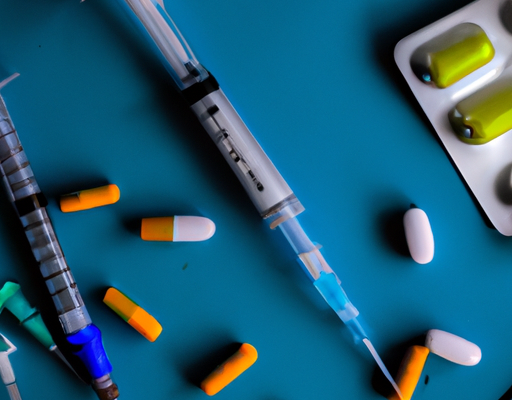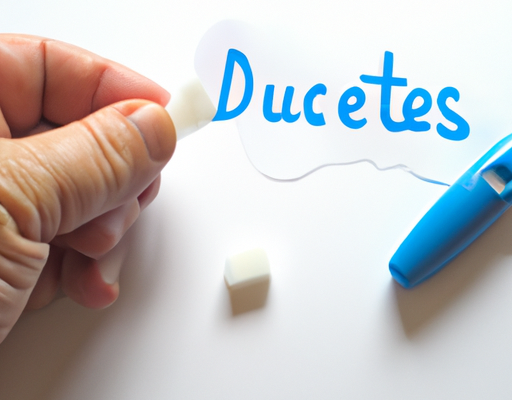Cause
Localized Type I Allergic Reaction is an immune response to external stimulants, such as a bee sting, pollen, and medications. This reaction is initiated by the release of IgE antibodies that set off the release of histamine and other substances, causing an immunological reaction that manifests as a rash, swelling, itching, and other signs of inflammation in the affected area. The Cause of Localized Type I Allergic Reaction:
- IgE antibodies released in response to a particular external stimulant
- IgE attaches to mast cells, which triggers the release of histamine and other substances
- The release of histamine causes inflammation in the affected area
- The inflammation results in a rash, swelling, itching, and other signs
At its core, this reaction is an over-reaction of the body’s immune system in response to an external stimulant; however, it can also be triggered by an internal malfunction leading to an autoimmune response. It is important to seek medical help if the reaction is severe or does not subside.
Symptoms
Localized Type I Allergic Reactions occur when a person’s body has an abnormal response to an allergen. Symptoms can vary, but often include redness, itching and swelling in the area where the allergen came into contact with the skin. More severe reactions can include hives, blisters, and even difficulty breathing. It’s important to note that localized Type I Allergic Reactions are not life-threatening, but they can be uncomfortable and, if not treated quickly, can worsen and cause more severe symptoms. Treatment of localized Type I Allergic Reactions usually involves the use of topical or oral antihistamines, as well as avoiding contact with the allergen in the future.
Diagnosis
Localized Type I Allergic Reaction can be diagnosed by a medical professional when an individual presents with symptoms such as skin irritations and raised bumps. The diagnosis can be determined through physical examination, combined with a review of the individual’s medical history. Additionally, a doctor may use skin testing, like a prick test and intracutaneous testing, to investigate further and determine which allergen is causing the reaction. Blood tests can also be used to monitor the presence of certain antibodies that are released in response to allergenic substances. Upon completion of these tests, the doctor can develop an effective treatment plan that helps alleviate the symptoms of a localized Type I Allergic Reaction.
Treatment
Localized Type I Allergic Reactions can cause uncomfortable symptoms like swelling, itching and hives. Treatment of these symptoms can often be achieved through the following steps:
- Taking over-the-counter antihistamines to reduce swelling and itching.
- Using a cold compress on the affected area to reduce inflammation.
- Applying hydrocortisone cream or calamine lotion to reduce itching.
- Avoiding any known triggers of the allergy.
If symptoms persist or worsen, it is important to seek professional medical advice from your doctor. They may prescribe a stronger course of medication or recommend further tests to identify the allergen. Early treatment can reduce the severity of the allergic reaction and prevent further complications.
Prevention
Preventing localized type I allergic reaction can be simple. Start by avoiding contact with the allergen if possible. If regularly going outdoors in the spring and summer months, consider wearing long sleeves and pants and washing off any pollen, grass, or other airborne allergens from skin and hair. It is also important to manage stress levels, as stress can increase the intensity of allergic reactions. Make sure to get adequate rest and exercise, avoiding going too far beyond one’s physical or mental limits. Lastly, if an individual regularly experiences allergic reaction symptoms, consult with a doctor or allergist to find the best form of long-term relief.





No Comments